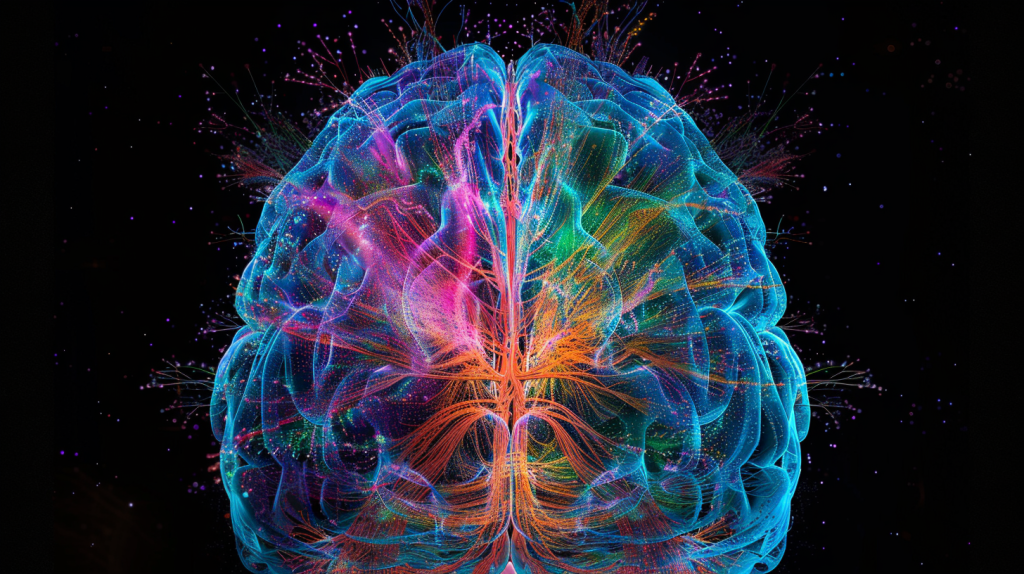In a ground-breaking development, scientists have successfully grown 3D brain models using cells from multiple individuals, marking a significant leap forward in neurological research. Dubbed “chimeroids,” these hybrid brain organoids could revolutionize drug testing by providing more accurate predictions of how different people might respond to new treatments.

The Innovation of Chimeroids
For years, researchers have relied on brain organoids—tiny, three-dimensional models that mimic the structure and function of the human brain. Traditionally, these organoids were grown from the stem cells of a single donor, limiting their ability to reflect the genetic diversity seen in human populations. This limitation is particularly critical in drug testing, where individual responses can vary widely.
Chimeroids, however, are grown from the stem cells of multiple donors, integrating the genetic variability of several individuals into a single organoid. This innovation is poised to overcome the hurdles posed by traditional brain organoids, providing a more representative model of human brain development and function.
Breakthrough Published in Nature
The development of chimeroids was detailed in a study published on June 26 in the journal Nature. The researchers behind this study believe these “village in a dish” models could be invaluable in the early stages of drug testing, offering a more reliable prediction of how diverse populations might respond to new medications.
“Chimeroids are an exciting tool that will be widely adopted in the field of neurodevelopment, probably with diverse applications,” commented Aparna Bhaduri, an assistant professor of biological chemistry at the University of California, Los Angeles, who was not involved in the research.
How Chimeroids Are Made
To create these hybrid organoids, scientists collected stem cells from five different individuals. In the lab, they used growth-inducing chemicals to transform these stem cells into brain organoids, each derived from a single donor. The organoids were then disassembled, and their cells were recombined to form chimeroids. This method ensured that each chimeroid contained an equal number of cells from each donor.
After three months, the chimeroids had grown to about 0.12 to 0.2 inches (3 to 5 millimeters) in diameter. Remarkably, they contained all the cell types typically found in the cortex—the outermost layer of a fetal brain.
Testing Drug Responses
The research team exposed the chimeroids to two neurotoxic chemicals: ethanol, associated with fetal alcohol spectrum disorders, and valproic acid, an antiepileptic drug linked to an increased risk of birth defects. They observed that cells from different donors responded differently to these chemicals, particularly in how the chemicals affected cell growth.
This finding suggests that chimeroids could be instrumental in predicting individual responses to drugs. If scaled up to include cells from even more people, chimeroids could potentially help categorize patients into specific treatment response groups before clinical trials, enhancing the precision and efficacy of new drug therapies.
Future Prospects
“I’m excited about what the future holds in terms of using organoids, such as the chimeroids, to develop brand new ways to achieve therapeutic innovation for neurological diseases,” said Paola Arlotta, co-senior author of the study and a professor of stem cell and regenerative biology at Harvard University.
The development of chimeroids represents a significant advancement in the field of neurological research. By providing a more accurate model of human brain biology, these hybrid organoids could accelerate drug development, reduce the reliance on animal models, and ultimately lead to more effective treatments for neurological conditions.
As research continues, the potential applications of chimeroids in medical science could expand, offering new insights into brain development, disease mechanisms, and the personalized treatment of neurological disorders. The integration of genetic diversity into these models marks a new era in the quest to understand and treat the complexities of the human brain.
